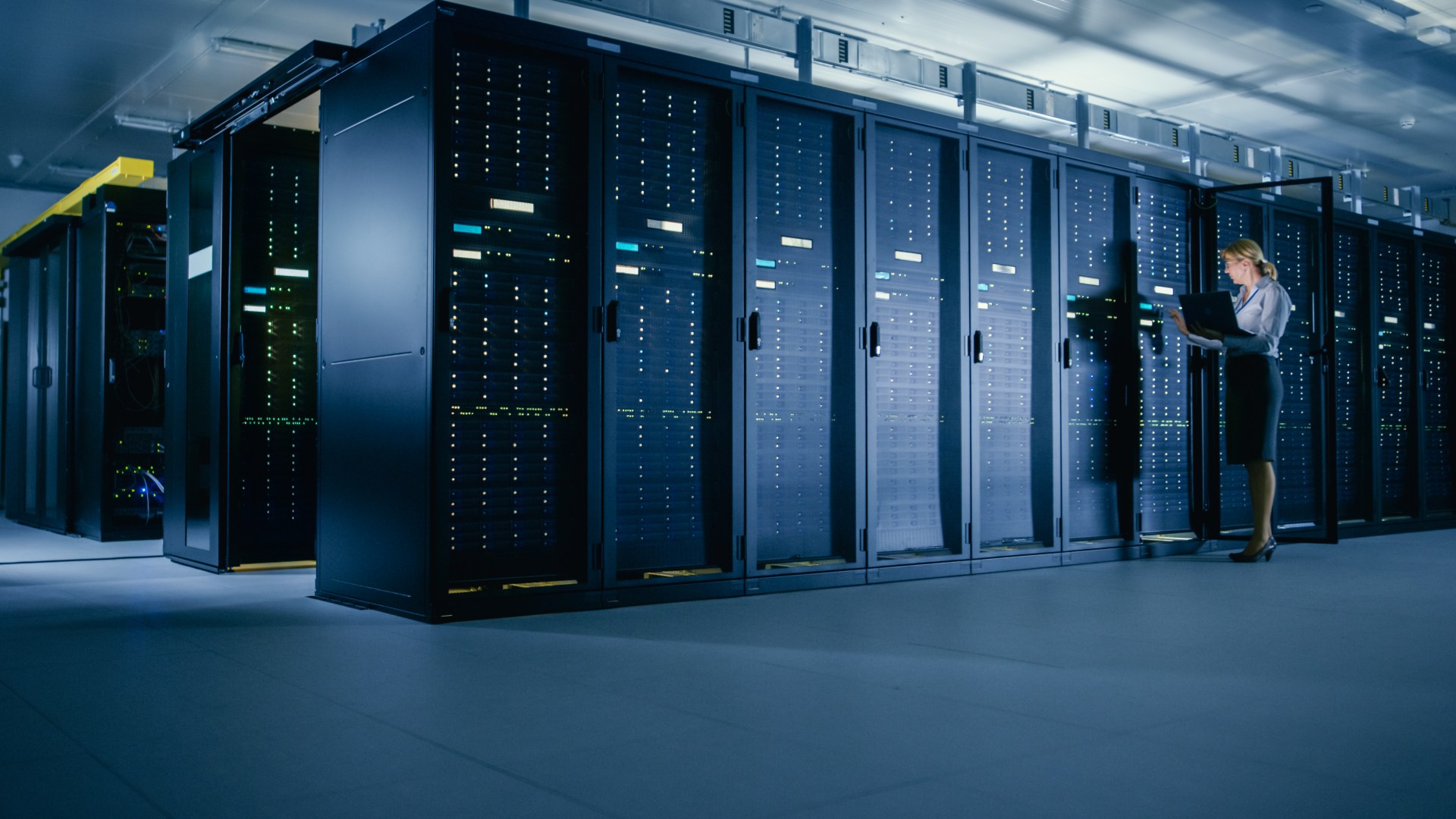
A data center rack is a type of storage unit. As the name suggests, data center racks are designed to meet the specific needs of data centers. This means that they are both mainstream and specialist. Here is a quick guide to what you need to know about data center racks.
The main reason for using data center racks is to get maximum value out of the space inside the data center. The main benefit of data center racks is that it encourages standardization. This helps with both physical organization and with organizing streamlined working practices.
Greater organization can go a long way to greater efficiency. This can often translate into greater cost savings. For example, using data center racks can help to encourage airflow. This reduces the workload on artificial cooling systems. It, therefore, reduces the cost of running them.
Likewise, using data center racks can make it much easier for data center staff to perform hardware-related tasks. This can save a lot of time and hence get businesses more value for their staffing costs. It can also increase job satisfaction and promote workplace safety.
Generally, when people refer to a data center rack, they mean the rack itself. When they refer to a data center cabinet, they mean the rack plus everything in it.
There are multiple types of data center racks in use. The two most popular ones are standard racks and open racks.
Standard data center racks take their name from the fact that they are a standard size. This is 19” wide by 84 inches (7 feet) in height. A data center rack can, however, still be considered standard down to 73.5”.
For completeness, the height of a data center rack is generally specified in rack units. A rack unit is about 1.75”. The term rack unit is generally shortened to U or RU. This is often prefixed by a number. The number is a multiplier for the rack units. For example, 48U refers to a standard 7-foot data center rack.
Most open data center racks are standard data center racks. The reason they are given a separate designation is that they are left open. In other words, they are not fitted into a cabinet in the same way as most other data center racks including standard ones.
Using open data center racks can make it much easier for staff to access components. This convenience does, however, need to be set against the additional risk of leaving equipment exposed. For practical purposes, the main risk is the effect of dust. This can very easily drift (or be sucked) into equipment. If it is, it can cause a lot of damage.
Standard and open data center racks are the most commonly used types of data center racks. Other fairly common types of data center racks include wall-mounted data center racks and portable data center racks. There are also data center racks that are optimized for specific purposes such as storing especially bulky equipment.
Most data center racks hold similar components. This includes data center racks that were optimized for specific purposes. Here are the main components you can expect to see in a data center rack.
A power distribution unit (PDU) is more than just a basic power supply. It is a system for delivering the right sort of electricity supply to diverse components. PDUs come in different shapes and sizes to suit different data center rack configurations. Popular options include horizontal, vertical, and inline styles.
Cable clutter is a notorious problem in home offices. In data centers, it is a serious issue. Having some kind of cable management system is, therefore, a must in most data center racks.
Even though using a data center rack does help to promote ventilation, most people still need some kind of cooling system. Popular options include air conditioning units, fans, and liquid cooling systems.
Data center racks often hold performance monitoring systems. These essentially monitor the health of the components inside the data center rack. If they detect that anything is amiss, they alert for assistance. Using performance monitoring systems is much more efficient than waiting for technicians to spot issues.
Security systems protect against both environmental risks (such as fire) and the risk of tampering. They are considered essential in most data center racks.
Read More:


Discover the DataBank Difference today:
Hybrid infrastructure solutions with boundless edge reach and a human touch.